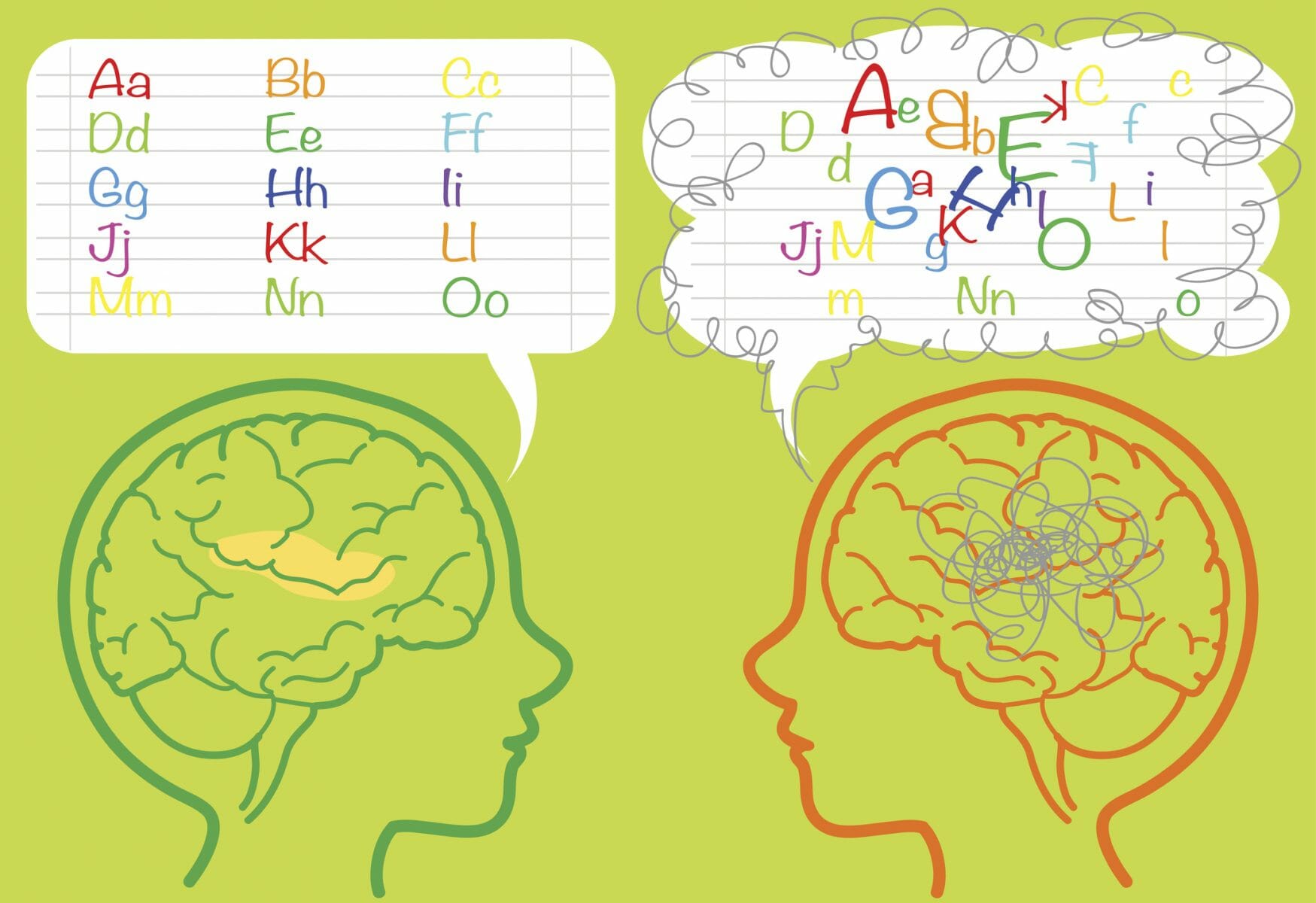
Articles
Dyslexia Dragon Develops a Gamified Platform to Help Learners Read and Spell
By Henry Kronk
January 11, 2018
Special education stands as a constant question mark for K-12+ administrators. This branch in any institution faces more challenges than any other department and is the recipient of a huge amount of budget dollars. Learners with dyslexia track with their peers in many subjects and aspects of the learning process, but reading is a struggle. What if there was a way to help out dyslexic learners without diverting the same amount of educators’ time and schools’ resources? That’s where Dyslexia Dragon comes in.
Last week, the company announced that it had helped develop a new education and gaming platform intended to help dyslexic learners acquire skills to face the unique challenges with which they struggle in the classroom and in society at large. Dyslexia Dragon is a gamified program that focuses on teaching grammar and vocabulary at multiple levels, areas where learners with dyslexia typically struggle.
HeyPayless, a software development company operating in the U.S. and the U.K., took care of the game design. “Our friends at Dyslexia Dragon wished to build a game that could integrate different levels of educational training for children with disability as per the different skill-sets required for their development.” said Riken Shah, Owner of HeyPayless, according to a release. “With our experience in engineering gaming development for the modern generation, we had the expertise to build the perfect eLearning platform.”
Connecting Speech with the Written and Printed Word
 According to the Mayo Clinic’s online resources, dyslexia is “a learning disorder that involves difficulty reading due to problems identifying speech sounds and learning how they relate to letters and words.” It presents an issue with decoding language: a dyslexic learner might speak fluently and have the same capacity for abstract, language-based thought as someone who does not live with the condition. When it comes to translating the written code of language into the spoken word (and vice versa), however, dyslexic learners struggle more than most students. It does not affect general intelligence.
According to the Mayo Clinic’s online resources, dyslexia is “a learning disorder that involves difficulty reading due to problems identifying speech sounds and learning how they relate to letters and words.” It presents an issue with decoding language: a dyslexic learner might speak fluently and have the same capacity for abstract, language-based thought as someone who does not live with the condition. When it comes to translating the written code of language into the spoken word (and vice versa), however, dyslexic learners struggle more than most students. It does not affect general intelligence.
Most people with dyslexia display the same or similar speech abilities as the average learner. Accordingly, Dyslexia Dragon includes both written and oral components to help learners connect what comes naturally to them to what they struggle with.
Dyslexia Doesn’t Just Affect Reading
Most, if not all classrooms, after all, rely primarily on print and the written word as the method of teaching their students. A dyslexic learner likely not only struggles with reading, but also with subjects like science and math because so much of the information in each is conveyed via print.
Gamified teaching aids like Dyslexia Dragon offer a huge potential for learners dealing with the condition. To begin, it removes the social stigma that many learners feel when they struggle more with a given subject than their peers. Many dyslexic learners develop social problems as well, such as low self-esteem, anxiety, and even aggression in response to their struggles with reading comprehension. By allowing learners a private setting to face their problems head on allows them to avoid more public displays of their difficulties.
Much research has also shown that gamified eLearning modules can significantly increase student engagement. Many teachers struggle to keep their students’ attention directed at print-based material in the first place. But with dyslexic learners, that becomes even more of a challenge. In order to teach learners with dyslexia, teachers already often translate their lessons into other media. A gamified learning platform stands as an effective alternative.
The Potential of eLearning in Special Ed
Many special education initiatives have seen great success with gaming platforms targeting other special needs.
The Geneva Centre for Autism, for example, has offered a significant amount of online initiatives in both autism awareness and educational resources for teachers for the past ten years.
Google’s latest augmented reality (AR) product, Glass Enterprise, furthermore, is now being used to help autistic children understand facial expressions.
This is not to say that dyslexia and autism are at all related. Instead, example after example proves that eLearning, edtech, and online programs pose the ability to target groups of learners dealing with a specific issue. In many districts, the number of special needs learners stands far in the minority. But over a large population, these learners make up a significant body. In these cases the scalability of technology allows for massive changes to the way we approach special education.









No Comments